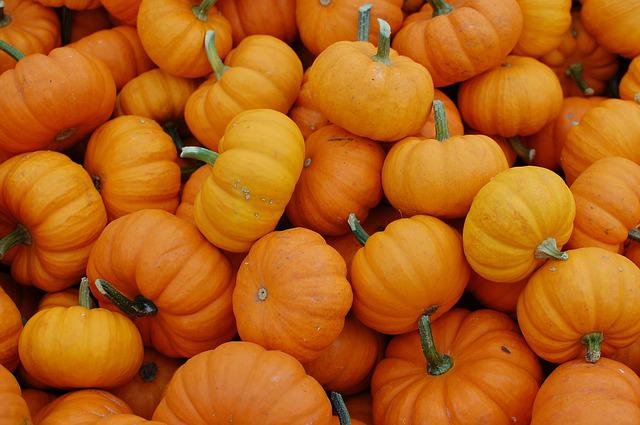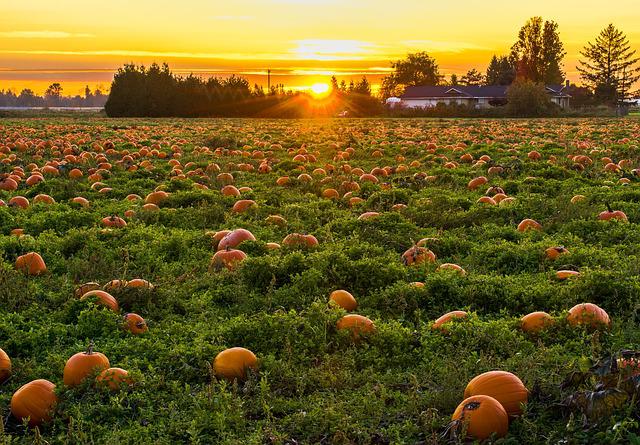When Do Pumpkins Grow? Know How Long Pumpkin Takes to Grow

Pumpkins typically grow in the fall, but there is no specific time frame. They can be grown indoors or outdoors and require very little care once planted. However, pumpkin farmers often recommend starting them off by planting them a few weeks before your desired harvest date to increase their chances of germination and a successful crop.
Once the pumpkins have germinated, you need to water them regularly and fertilize them twice per week with compost or manure. Once the fruits reach maturity, usually around 90-110 days depending on variety, removing any damaged or blighted plants is important so that only healthy specimens remain for sale at the market. Make sure to store your pumpkins properly in cool, dark places away from moisture and bugs!
Table of Contents
Pumpkin Growth Process
Germination
Pumpkin seeds should be soaked in water overnight before they are ready to germinate. After soaking, it is important to rinse the pumpkin seeds several times and then place them on a damp kitchen towel. Check on it every few hours and transfer it to fresh water. After about 12-14 hours, you will see roots emerging from the soil. The next day, sow the seeds just as you would with any other seeds variety of seed. They will take about 8-12 days to germinate and grow into small plants that can be harvested when they reach 2 inches in height.
Maturing
Most of a pumpkin plant’s energy goes into producing long vines. There may be as few feet of vines or as many as twenty feet of vines entwining your pumpkin patch. Since this is where pumpkins spend the bulk of their time, this is also where difficulties are most likely to arise.
Insects and other pests, for instance, can be a major problem. Both leaf beetles and squash vine borers feed on the plant. Covering your plants while they are still young is an effective way to protect them from beetles. Garden fabric that lets in light but traps insects is an excellent option. When the plants have grown and developed enough to withstand beetles, they can be exposed to the elements.
However, boring insects are best dealt with manually. Coverings aren’t always effective against caterpillars. Instead, you should search for telltale signs that they’ve made their way into your plant and cut them out with a knife or box cutter.
Pollination
Pollination of the flowers is crucial to the fruit set. You’ll need to manually pollinate your pumpkin vine if there aren’t many bees in your area. When the short female flowers wither and fall from the plant without producing fruit, blooms are not being pollinated. Male flowers appear first on a vine and do not result in fruit. These blooms on long stems produce the pollen used to fertilize the pumpkin-forming female flowers. These latter blooms feature an enlarged ovary at their bases. Eight to nine weeks after seed sowing, you should start to see male flowers, followed by female flowers a few days later. You can manually pollinate flowers by moving pollen from a male flower to the stigma of a female flower using a cotton swab or a tiny paintbrush. A successful pumpkin crop relies on timely and accurate pollination. When the female flowers have fully developed, the pumpkin will begin to take shape about a week later.
Harvesting

After about eight or nine weeks from planting, most pumpkin varieties will begin to produce flowers. In another week or so, you should see the first signs of growth on your pumpkin plants. The rate at which pumpkins mature varies greatly depending on the type of pumpkin you are growing. Pumpkins of a smaller size will mature sooner than those of a larger size.
It doesn’t matter how big or small your pumpkins are. You can always tell when they’re ready to be picked. There should be no uneven spots of color, and the exterior should be tough. You shouldn’t be able to scratch the pumpkin with your fingernails or palm.
